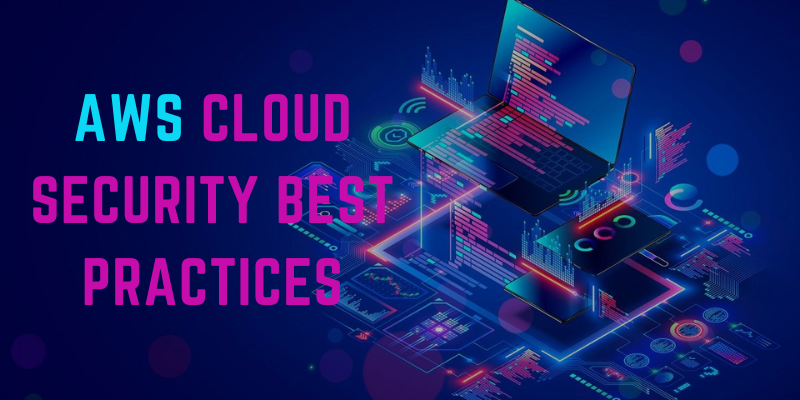While AWS is not responsible for cloud security, it provides enough resources to protect your AWS workloads. The AWS Well-Architected Framework is among the first resources newcomers building on AWS should read. You’ll discover how to make the most of your cloud services by doing this. In this blog, you will understand the AWS Cloud Security Best Practices. If you want to learn more about AWS, join AWS Training in Chennai, offered by FITA Academy, to improve your knowledge and skills in AWS Cloud Security.
AWS Cloud Security Best Practices
Understand Your Responsibilities
AWS uses the shared responsibility approach for security, even though it offers many security solutions to safeguard your cloud environment. In this paradigm, customers are in charge of correctly configuring and managing their own AWS services and resources, while AWS oversees the cloud infrastructure’s security. This means that users are in charge of cloud security, while Amazon controls its security.
Encryption and Backups
Encrypting data is essential to keeping the cloud secure. AWS provides AES256 encryption by default for all data kept in Amazon S3 buckets. Additionally, you can encrypt your data and generate your encryption keys by utilizing Amazon Key Management Service.
Implement Strong Cloud Security Controls
Incorporate robust cloud security measures within your overall security plan. Examples include establishing a robust password policy, multi-factor authentication, permission time-outs, regular privilege audits, and deleting privileges when a user no longer requires them. If you want to learn AWS, join the AWS Course to improve your knowledge and skills in basic to the advanced level.
Leverage AWS Security Tools
The AWS Advisor tool is recommended since it assists in identifying potential security issues and offers mitigation advice. It offers suggestions for enhancing system efficiency and streamlining your infrastructure in compliance with AWS guidelines.
Use a Cloud-Native Security Solution
Use a cloud-native security solution that can offer the visibility and controls needed to secure cloud infrastructure to address the particular requirements of the cloud. Cloud-native solutions make Continuous delivery possible, which also shield your data from outside attacks.
Integrate Your Security Products
To safeguard your cloud data, you can utilize various solutions from AWS and other third-party vendors. Specific tools will display their results in forms unique to them. Security teams no longer need to combine and report findings from multiple tools because Security Hub does it for them in a consistent way.
To better serve its clients, AWS, as a leader in cloud computing, is constantly enhancing its cloud infrastructure and security services. To ensure everyone understands the AWS security best practices in this blog. If you want to be an expert in AWS, join AWS Training in Bangalore, where you can enhance your knowledge and skills for AWS.
Also Check: Enhancing Cloud Networking with AWS Transit Gateway
